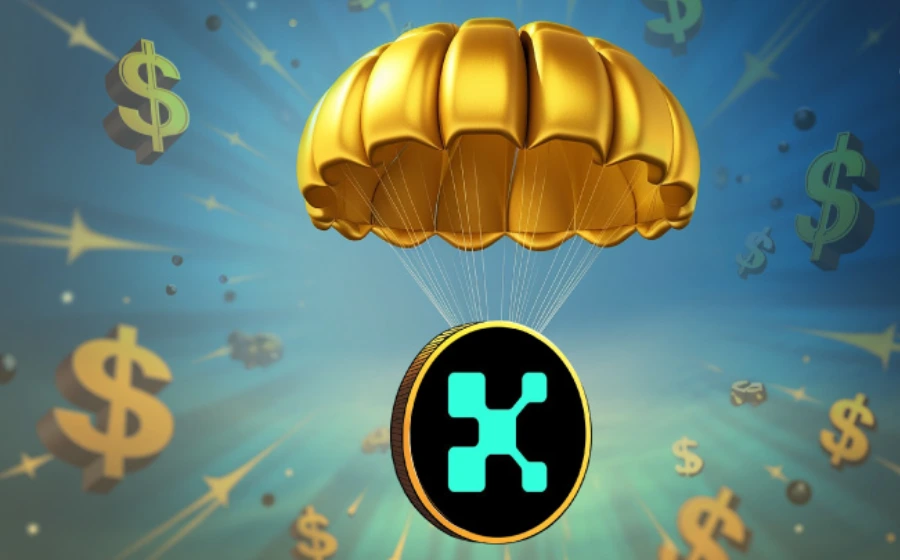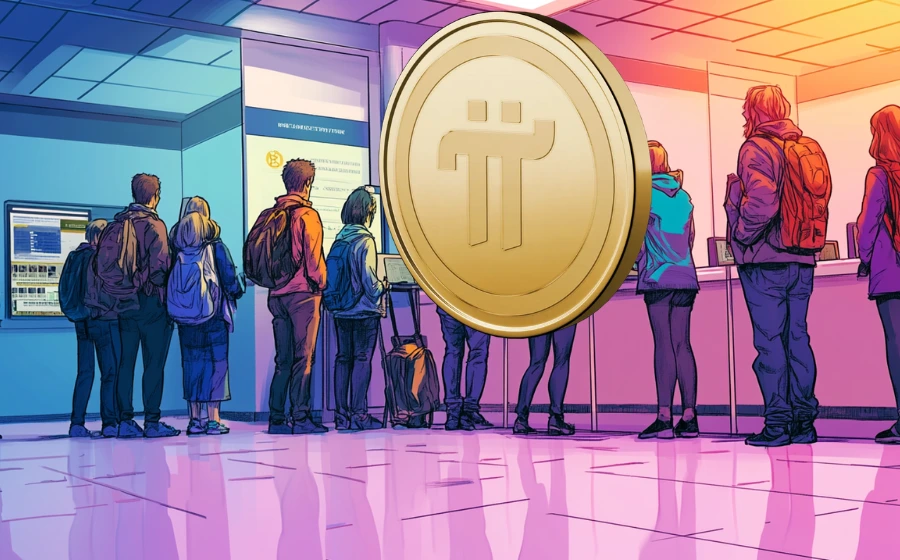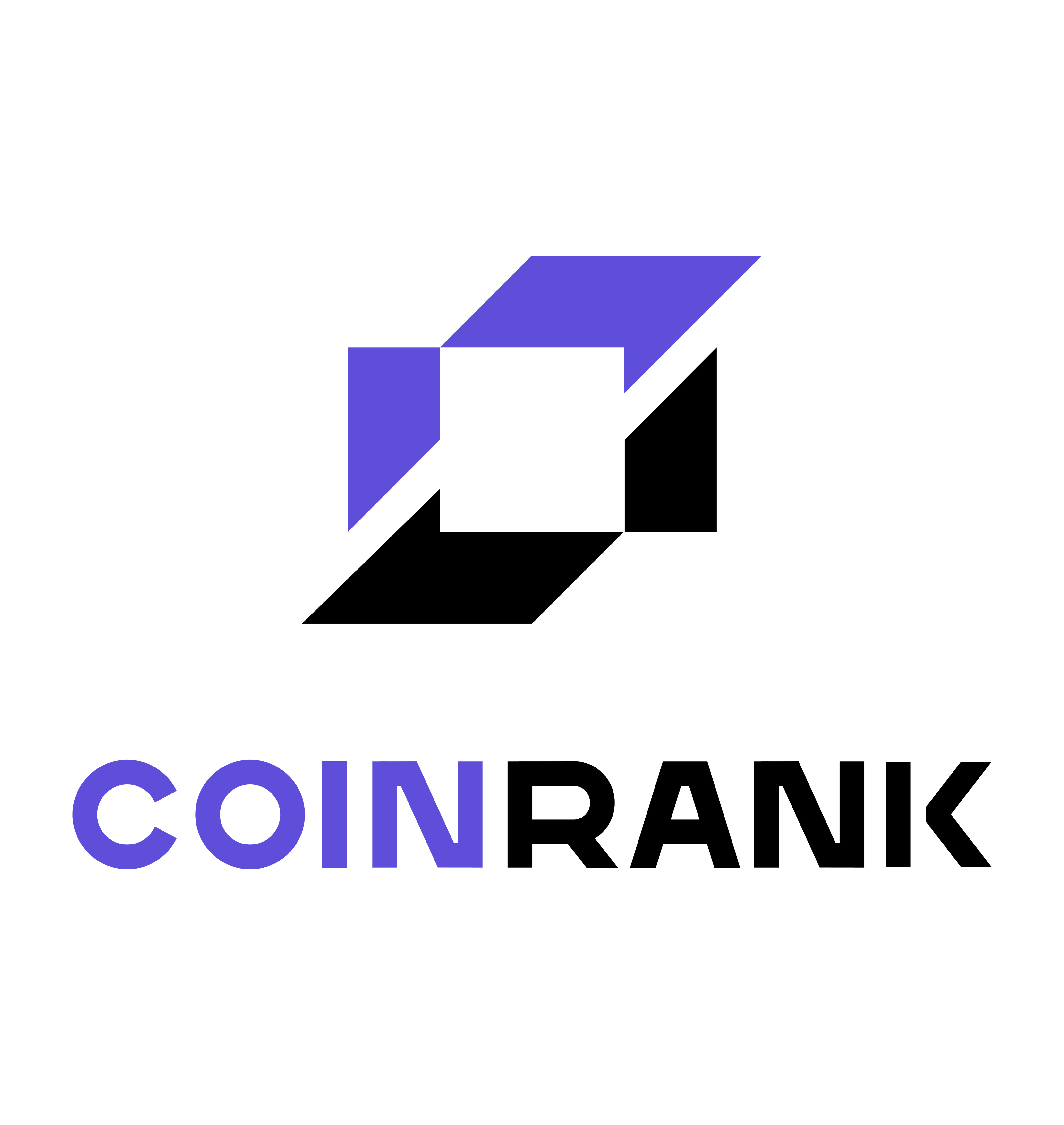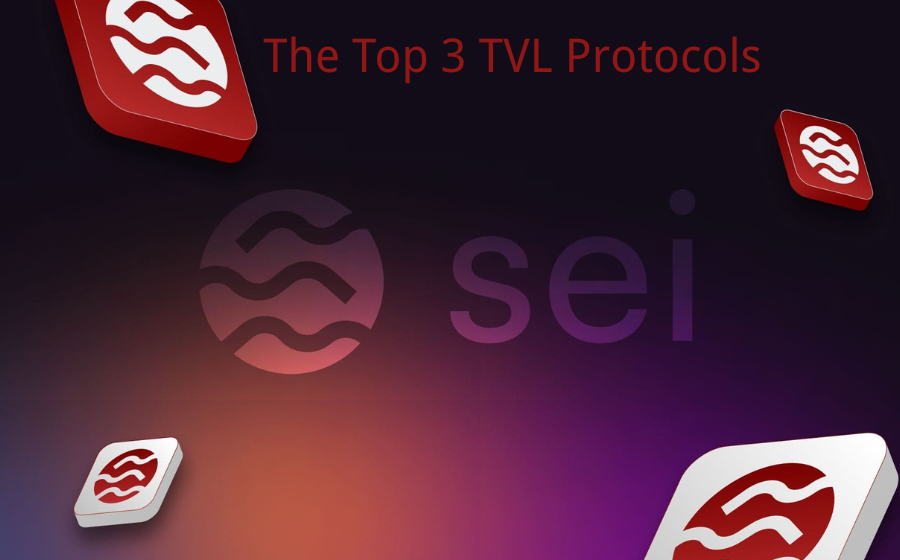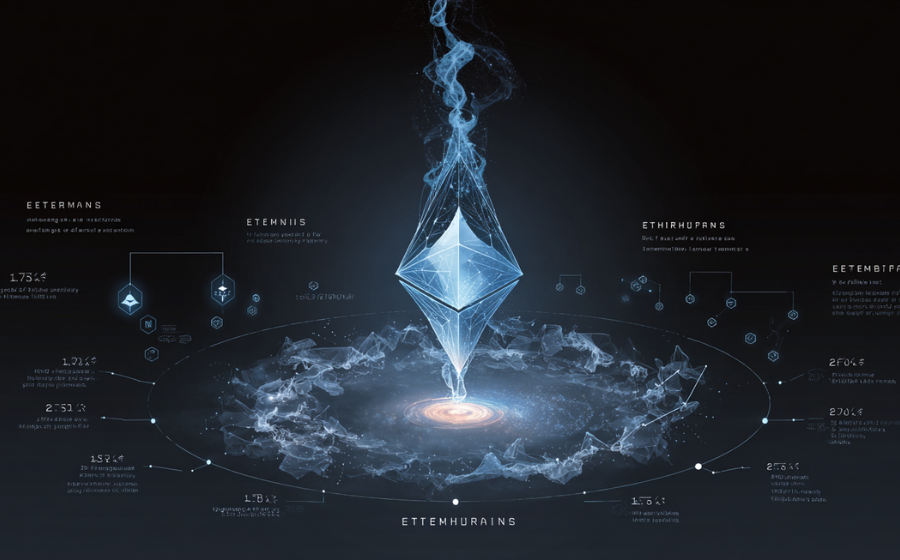
KEYTAKEAWAYS
-
Ethereum evolved from a bold vision into the backbone of DeFi, NFTs, and DAOs, transforming blockchain’s role in global finance and culture.
-
Key upgrades like The Merge and Layer 2 scaling improved performance and sustainability, but challenges in competition, scalability, and regulation persist.
-
The next decade will focus on scaling, privacy, interoperability, and user experience to drive Ethereum’s mainstream adoption and social impact.

CONTENT

On July 30, 2025, Ethereum celebrated its 10th anniversary since launch. Created in 2015 by Vitalik Buterin and others, Ethereum has grown from an idealistic experiment into a global platform powering the decentralized economy and culture. It introduced smart contracts and gave rise to decentralized finance (DeFi), non-fungible tokens (NFTs), and decentralized autonomous organizations (DAOs), deeply changing the face of the blockchain world. Over the past ten years, Ethereum has gone through breakthroughs and controversies. Its impact on technology, community, and culture is unmatched.
FROM VISION TO REALITY: TEN YEARS OF ETHEREUM
Ethereum was born from a new idea of blockchain’s potential. In 2013, young genius Vitalik Buterin released the Ethereum white paper. He proposed a bold idea: build a “world computer” where developers could build any decentralized app (DApp) using Turing-complete smart contracts. On July 30, 2015, the Ethereum mainnet launched, marking a new era where blockchain became a platform, not just a digital currency.
This gave developers endless possibilities—from decentralized finance protocols to digital art markets—all could be built on Ethereum. In the early days, Ether (ETH) had little value, but the strong vision attracted developers worldwide, laying the foundation for a growing ecosystem.
Ethereum’s growth wasn’t smooth. The 2016 DAO incident was a big turning point. A decentralized investment fund called “The DAO” was hacked due to a code bug, losing about $60 million worth of Ether. The community faced a hard choice: should the blockchain history be changed with a hard fork to recover the stolen funds? This was more than a technical issue—it tested the idea of decentralization.

In the end, Ethereum chose the hard fork and restored the lost funds, but the decision split the community. Opponents created Ethereum Classic (ETC). This event showed the risks of smart contracts but also pushed Ethereum to improve security, audits, and governance, making the community more mature.
From 2017 to 2018, Ethereum saw the boom of initial coin offerings (ICOs). Using Ethereum’s ERC-20 standard, thousands of projects raised money by issuing tokens. ETH price rose quickly, reaching around $1,400 in early 2018.

The ICO boom created a wave of blockchain startups but also caused bubbles and scams. Many projects failed due to weak value, drawing attention from regulators. Still, this boom showed Ethereum’s power as a platform for innovation and paved the way for DeFi and NFTs.
In 2020, Ethereum had a breakout year. DeFi protocols like Uniswap, Compound, and Aave used Ethereum’s composability to create a financial system without middlemen. These covered lending, trading, and derivatives. Total value locked once passed $100 billion.

At the same time, NFTs created a digital art and collectibles revolution. Projects like CryptoPunks and Bored Ape Yacht Club used Ethereum’s ERC-721 standard to go global. NFT marketplaces like OpenSea reached tens of billions in trade volume. Ethereum was no longer just a tech platform—it became a symbol of Web3 culture, attracting artists, creators, and regular users.
In 2022, “The Merge” became Ethereum’s most important technical upgrade. Before that, Ethereum used proof-of-work (PoW), which needed huge energy and got criticized for harming the environment. The Merge switched Ethereum to proof-of-stake (PoS), cutting energy use by 99.95%, making it a model for sustainable blockchain.

This also answered critics about energy use and laid the foundation for future upgrades like sharding. From 2023 to 2024, Ethereum continued to improve through the Dencun upgrade, which boosted Layer 2 solutions like Optimism and Arbitrum. These lowered fees and improved user experience, making Ethereum stronger as a leading blockchain.
CURRENT CHALLENGES: AT THE CROSSROADS OF COMPETITION, SCALING, AND REGULATION
Even with its big success, Ethereum still faces many challenges that test its resilience and adaptability. First, scalability is a key bottleneck. Ethereum mainnet can only handle 15–30 transactions per second (TPS), far below systems like Visa that process thousands per second.
Layer 2 solutions use Rollups to move transactions off the main chain, cutting gas fees. But cross-layer interactions are still complex and hard for users. Also, some Layer 2s rely on centralized sequencers, which may hurt Ethereum’s decentralization promise. The main challenge is improving performance while keeping security and decentralization strong.
Competition is another big issue. Chains like Solana, BNB Chain, and Polkadot have grown fast. Solana processes thousands of TPS and draws many NFT and GameFi projects. BNB Chain offers low fees and fast speeds, gaining space in DeFi. These newer chains attract developers and users.
Even though Ethereum has the largest developer base and most mature ecosystem, high gas fees and complex tools may scare off beginners. Ethereum needs to keep its decentralization goals but also improve technology and ecosystem to stay ahead.
Regulatory uncertainty clouds Ethereum’s future. After moving to PoS, ETH may look more like a “security” in the eyes of regulators like the U.S. SEC. This could lead to strict rules. DeFi and NFT markets also face legal questions.
For example, some countries require KYC (Know Your Customer) checks for decentralized exchanges, which could limit Ethereum’s global growth. With different regulations across regions, apps may split and face limits. Ethereum needs to balance innovation and policy to survive in this tricky landscape.
Community governance is also a long-term issue. Ethereum uses decentralized governance based on community consensus. But the Ethereum Foundation and core developers still have big influence, which can be controversial. For example, EIP-1559 in 2021 changed the gas fee model and burned ETH to reduce supply.
Some miners (now validators) opposed it due to lost income. In the future, Ethereum must balance the interests of developers, users, validators, and businesses, ensuring fairness and transparency in decision-making.
THE NEXT TEN YEARS: ETHEREUM’S VISION AND PATH
Looking ahead, Ethereum’s next decade will focus on scalability, privacy, interoperability, and mainstream adoption. For scalability, Ethereum’s roadmap focuses on combining sharding and Rollups. Sharding splits the Ethereum chain into 64 parallel shards. This could raise TPS to 100,000.
Layer 2s like zk-Rollups and Optimistic Rollups will keep improving costs and performance. zk-Rollups use zero-knowledge proofs to compress transaction data. This lowers gas and increases privacy. From 2025 to 2030, combining sharding and Rollups may turn Ethereum into a high-performance platform, as fast as the traditional internet.
Privacy is another key focus. Zero-knowledge proof (ZKP) technology—like zk-SNARKs and zk-STARKs—is widely used in Ethereum. ZKPs can hide transaction details and protect privacy, while also improving efficiency with batch verification. StarkNet, a Layer 2 using ZKP, is already showing promise. In the future, Ethereum may support privacy at the protocol level. This will attract users and companies who care about data safety and help grow use in finance, healthcare, and identity.
Cross-chain interoperability is vital in the multi-chain world. As Solana and Polkadot grow, blockchain ecosystems are becoming fragmented. Ethereum must connect better with other chains using cross-chain bridges like Wormhole or LayerZero. It can also use interchain protocols to move assets and data smoothly.
For example, Ethereum may work with Polkadot’s XCM or Cosmos’s IBC to build cross-chain DApps. Chainlink’s CCIP is another tool that could bring new power to Ethereum.
User experience will be key for mass adoption. High gas fees and complex wallets (like private key management) still block new users. Ethereum is working on account abstraction (EIP-4337) and social recovery wallets to make things easier. Smart contract wallets can allow login using social media or biometrics. GameFi, social DApps, and metaverse projects may attract mainstream users, helping Ethereum shift from a tech platform to a consumer product.
Ethereum’s sustainability and social impact will also matter in the next decade. The PoS switch made Ethereum a green blockchain. In the future, it may fund more public goods like open-source tools and research. The Ethereum Foundation already supports many projects in decentralized identity (DID), voting, and climate solutions.
For example, DID systems on Ethereum can give users control over their digital identity. Decentralized voting could help create new models for democracy and build social trust.
